The phrase “overload” makes perfect sense when we know that mental load, stress or negative emotions can be the cause of back pain. Doing these exercises every day helps relax and relieve lower back pain.
Low back pain is the most common musculoskeletal syndrome in clinical practice. Approximately 65 - 80% of adults in the community have acute or episodic low back pain at some point in their lives.
Causes of low back pain: Low back pain due to mechanical causes is a common cause of low back pain: Due to excessive stretching of muscles and ligaments next to the spine; degenerative disc disease, herniated disc of the lumbar spine; slipped vertebrae, deformed vertebrae, primary osteoporosis... This type has a benign course, accounting for 90% of cases of low back pain.
In addition, low back pain can be caused by a systemic disease such as ankylosing spondylitis, rheumatoid arthritis...
Therefore, when symptoms of low back pain recur frequently, you should see a musculoskeletal specialist for examination and consultation to find the cause of low back pain and have an appropriate treatment regimen.
3 exercises to help relieve back pain quickly in just 5 minutes:
Exercise 1: The seesaw helps relieve lower back pain
How to practice: Lie on your back, hands placed in front of your stomach.
Bend your legs and raise them to 90° and slowly rock from side to side of the mat, looking in the opposite direction.
Do this for 1 minute.
Then hold the stretch to the left for 30 seconds, then to the right for 30 seconds.
Effect: The exercise helps relax the muscles in the lumbar region that are tense due to sitting too much, lack of exercise or stress...
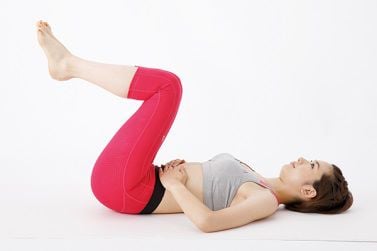
Seesaw exercises help relieve lower back pain.
Exercise 2: The Cocoon
How to do it: Lie on your back, bend and bring your knees towards your chest, using your hands or arms to hug them and make sure to keep your hips grounded.
Hold this position for 1 minute.
Effect: This exercise stretches the muscles in the lumbar region, helping to relax them, thereby reducing pain in this area.
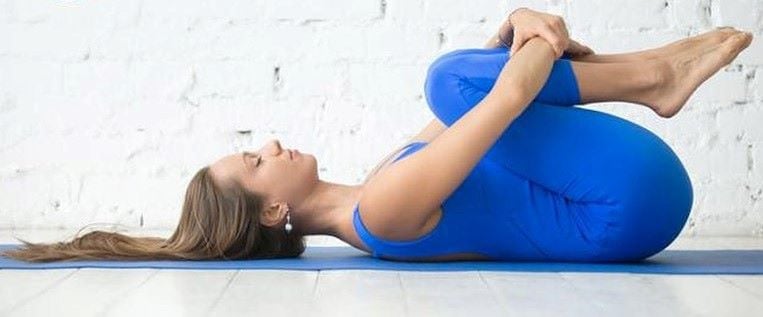
The cocoon exercise helps stretch the lumbar muscles.
Exercise 3: Stretching the lumbar muscles
How to do it: Standing, take a big step forward with your left leg and bend your knee, in line with your ankle. Your right leg should be almost straight back. Raise your arms and hold for 30 seconds, pushing your hips down and forward.
Return to the starting position, then repeat by switching sides for 30 seconds.
Effect: This exercise helps stretch the muscles in the lumbar region, thereby reducing pain.
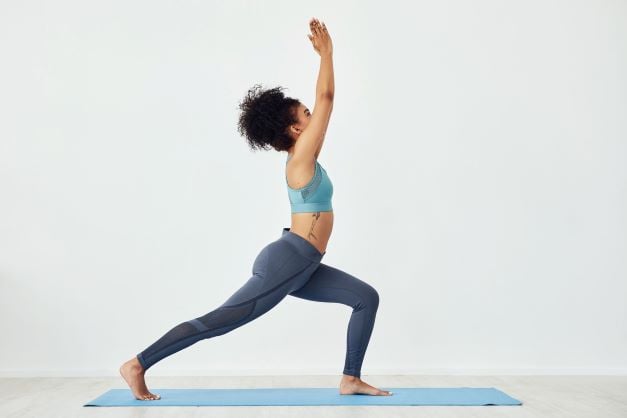
Lumbar stretching exercises relieve low back pain.
Self-massage at the end of the day
Take an old (soft) tennis ball, lean against a wall and place the ball between your lower back and the wall. Move from left to right, then up and down along your spine to release built-up tension and relax your entire lower back.
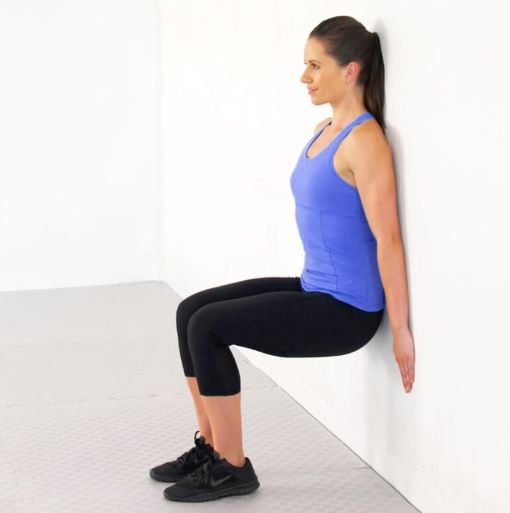
Self-massage at the end of the day helps stretch the lumbar region.
The back and abdomen are related.
If you experience back pain that occurs frequently, it is advisable to see a therapist to find out about digestive problems. Indeed, the digestive organs (intestines, colon, etc.) are closely related to the lumbar structures and stress at the digestive level can lead to stress in the lower back.
Preventing low back pain
When lifting heavy objects, you need to spread your legs wide; squat down, keep your back straight (avoid bending over), then use your hands to place the object close to your stomach while tightening your abdominal muscles, then slowly stand up and lift the object. During the lifting process, be sure to keep your back straight, use the strength of your legs and arms to lift the object, avoid using the strength of your back because it can easily damage the spine.
Arrange working and resting time reasonably; avoid overwork, tension or continuous stress.
Office workers should choose a chair with a suitable height, ensuring that both feet comfortably touch the floor. After 1-2 hours, stand up and move around, doing some gentle twisting movements to relax the spine.
Every day should spend at least 30 minutes to exercise .
Control your weight well; avoid being overweight or obese because it will put a lot of pressure on the spine. Make sure to supplement all the necessary nutrients, especially calcium, magnesium, and potassium in your daily meals. At the same time, you need to drink enough water to avoid cramps and help your body recover faster after exercise.
Maintain the habit of regular health check-ups to detect early signs of disease and take timely treatment measures.
Source




![[Photo] The first meeting of the Cooperation Committee between the National Assembly of Vietnam and the National People's Congress of China](https://vphoto.vietnam.vn/thumb/1200x675/vietnam/resource/IMAGE/2025/8/31/f5ed4def2e8f48e1a69b31464d355e12)
![[Photo] National Assembly Chairman Tran Thanh Man welcomes and holds talks with Chairman of the National People's Congress of China Zhao Leji](https://vphoto.vietnam.vn/thumb/1200x675/vietnam/resource/IMAGE/2025/8/31/9fa5b4d3f67d450682c03d35cabba711)

![[Photo] Marching together in the hearts of the people](https://vphoto.vietnam.vn/thumb/1200x675/vietnam/resource/IMAGE/2025/8/31/8b778f9202e54a60919734e6f1d938c3)
![[Photo] General Secretary To Lam receives Chairman of the National People's Congress of China Zhao Leji](https://vphoto.vietnam.vn/thumb/1200x675/vietnam/resource/IMAGE/2025/8/31/5af9b8d4ba2143348afe1c7ce6b7fa04)








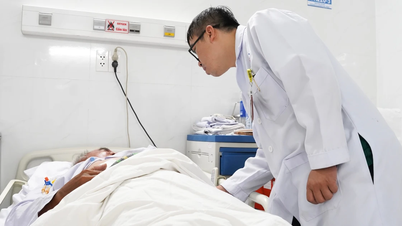



















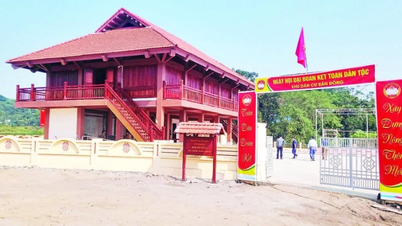
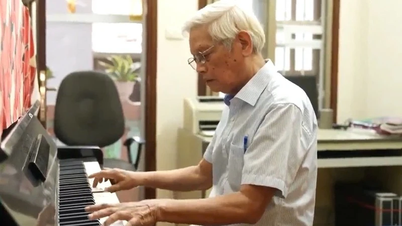
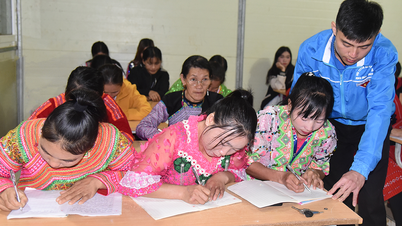











































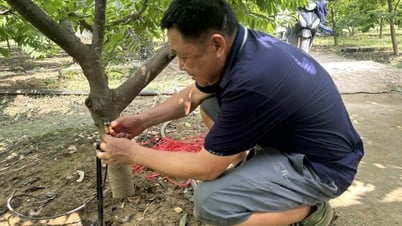









Comment (0)